Seasonal Care Tips for Acrylic Solid Surface Materials
Acrylic solid surface materials have become a staple in modern homes, favored for their seamless appearance, durability, and resistance to stains—making them ideal for kitchen countertops, bathroom vanities, and even furniture. While inherently robust, their performance and lifespan depend heavily on seasonal care, as temperature fluctuations, humidity shifts, and seasonal usage patterns (e.g., holiday cooking, spring cleaning) pose unique challenges. Below is a tailored guide to protecting your acrylic surfaces year-round. 1. Summer Care: Beat Heat, Humidity, and Spills
Summer brings high temperatures, increased moisture, and frequent use of outdoor-inspired foods and products—all of which can test acrylic surfaces.
Prolonged exposure to hot items (e.g., boiling pots, grilled food platters, or even sun-heated metal utensils) can cause discoloration or warping.
Tip: Always use heat-resistant trivets or silicone pads under hot cookware. Avoid placing acrylic surfaces in direct sunlight for extended periods (e.g., uncovered patio countertops)—use UV-protective covers if possible.
Bathrooms and kitchens become more humid in summer, creating a breeding ground for mold around seams or hard-to-reach corners.
Tip: Wipe down surfaces daily with a soft, damp cloth to remove moisture. For mild mold, clean with a solution of warm water and mild dish soap; avoid harsh bleach (it can fade acrylic). For stubborn spots, use a non-abrasive acrylic cleaner (check labels for "acrylic-safe" formulas).
Summer staples like fruit juices, sunscreen, and BBQ sauce are highly pigmented or sticky, and can stain if left unattended.
Tip: Blot spills immediately with a dry cloth—never rub, as this can spread the stain. For residue (e.g., sunscreen), use a damp cloth with a drop of dish soap, then rinse thoroughly.
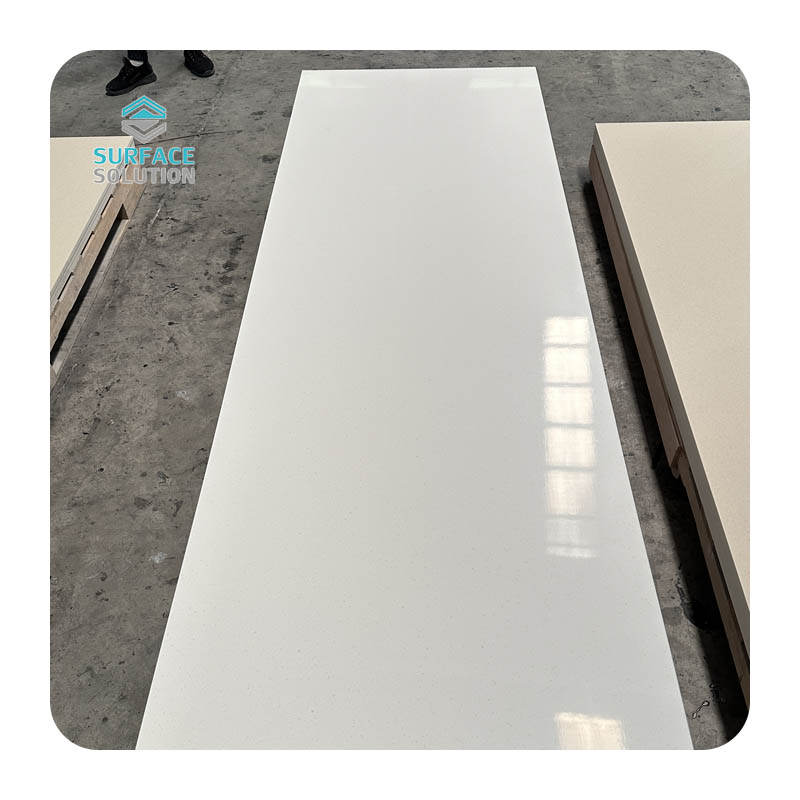
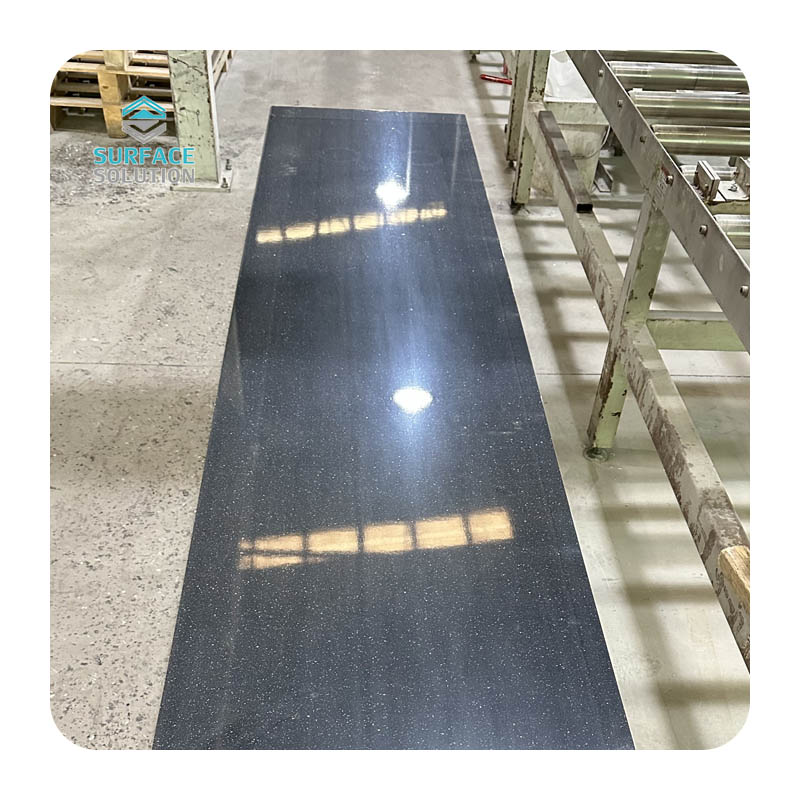
2. Fall Care: Tackle Dust, Debris, and Temperature Swings
Fall brings cooler temperatures, falling leaves, and heavy kitchen use (e.g., Thanksgiving prep)—all of which can lead to scratches or buildup.
Open windows and outdoor activities track in dust, leaves, and dirt, which can scratch acrylic when wiped with a dry cloth. Tip: Dust surfaces first with a microfiber cloth (its soft fibers trap debris without scratching). Follow with a damp cloth to remove remaining particles.
Cooler nights and warm days cause acrylic to expand and contract slightly, which can weaken seams over time.
Tip: Avoid placing cold items (e.g., ice buckets, chilled beverage dispensers) directly on warm surfaces. Let cold objects sit at room temperature for 5–10 minutes before placing them on acrylic.
Fall holidays mean more chopping, mixing, and placing heavy serving dishes on countertops.
Tip: Use cutting boards for all food prep (never cut directly on acrylic—knives will scratch it). Place felt pads under heavy platters or bowls to prevent pressure marks.
3. Winter Care: Combat Dryness and Holiday Wear
Winter’s dry air, cold temperatures, and holiday decorations can lead to cracking, scratches, or dullness.
Indoor heating reduces humidity, causing acrylic to lose moisture and become brittle—increasing the risk of cracks, especially around edges.
Tip: Use a room humidifier to maintain 40–50% humidity (ideal for acrylic). Avoid placing acrylic surfaces near heating vents or radiators, as direct dry heat accelerates brittleness.
Bringing in cold items (e.g., frozen turkeys, ice-filled coolers) and placing them directly on acrylic can cause thermal shock (sudden temperature changes that damage the material).
Tip: Use insulated mats under cold items. If surfaces feel cold to the touch, warm them gently with a damp cloth (not hot water) before placing objects on them.
Metallic decorations, gift wrap, or sharp ornament hooks can scratch acrylic surfaces.
Tip: Use soft, fabric coasters or placemats under decorations. When wrapping gifts on acrylic countertops, lay down a thick paper or cloth pad to prevent friction.
4. Spring Care: Refresh and Prevent Pollen Buildup
Spring’s rain, pollen, and deep-cleaning routines require gentle yet thorough care to avoid damage.
Pollen sticks to acrylic surfaces (especially near open windows), creating a gritty layer that can scratch when cleaned improperly.
Tip: Wipe pollen away with a damp cloth first—dry wiping will grind pollen into the surface. Follow with a mild cleaner to remove any remaining residue.
Spring showers can increase indoor humidity, leading to water spots on bathroom or entryway acrylic surfaces.
Tip: Dry surfaces immediately after exposure to rain (e.g., wet umbrellas placed on vanities). For water spots, use a mixture of equal parts white vinegar and warm water (acrylic-safe!) to wipe away mineral deposits.
Harsh cleaners (e.g., ammonia, abrasive scrubs) used during spring deep cleans can etch or fade acrylic.
Tip: Stick to acrylic-specific cleaners or mild soap and water. Avoid scouring pads, steel wool, or magic erasers—these scratch the surface’s protective layer.
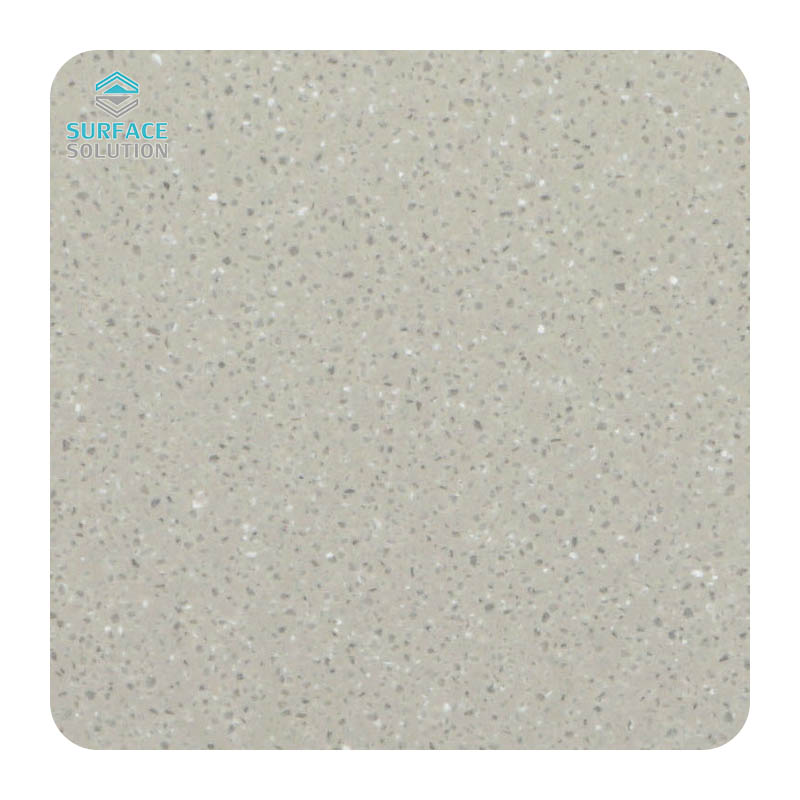
Year-Round Essential Tips
Regardless of the season, these habits will keep your acrylic surfaces in top shape:
Avoid Harsh Chemicals: Steer clear of bleach, ammonia, drain cleaners, or paint thinners—they break down acrylic’s structure.
Conclusion
With seasonal care tailored to temperature, humidity, and usage, acrylic solid surface materials will retain their beauty and functionality for decades. By addressing summer’s heat, fall’s debris, winter’s dryness, and spring’s pollen—along with consistent year-round habits—you’ll ensure your surfaces stay seamless, stain-free, and scratch-resistant. Remember: gentle, proactive care is always better than costly repairs later!





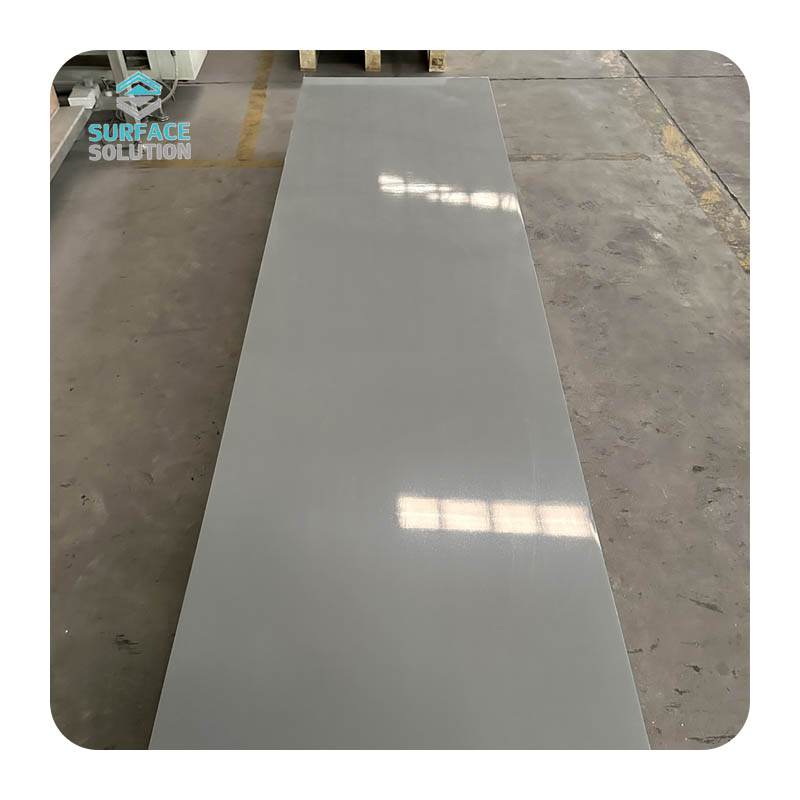 What Are Solid Surface Countertops? A Complete OverviewIn kitchen and bathroom design, solid surface countertops stand out as a versatile choice, balancing functionality, aesthetics, and durability. Unlike natural stone (granite, marble) or synthetic quartz, they offer unique benefits—but what exact
What Are Solid Surface Countertops? A Complete OverviewIn kitchen and bathroom design, solid surface countertops stand out as a versatile choice, balancing functionality, aesthetics, and durability. Unlike natural stone (granite, marble) or synthetic quartz, they offer unique benefits—but what exact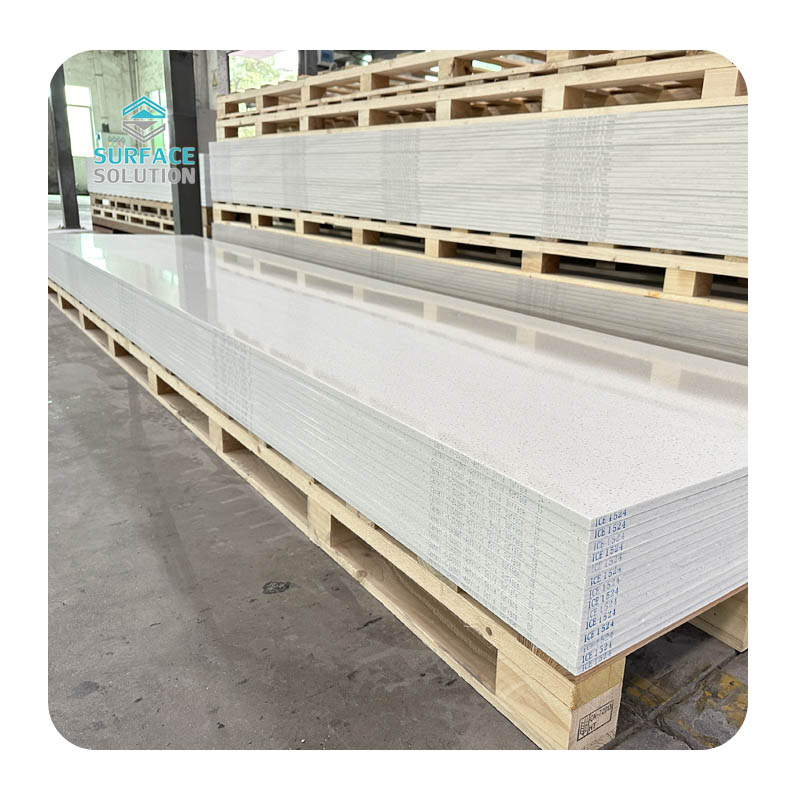 A Comprehensive Guide to Cleaning Solid Surface CountertopsSolid surface countertops, such as surface solution, Staron, or Swanstone, have become a popular choice for modern kitchens and bathrooms due to their durability, seamless design, and resistance to stains. Unlike natural stone like granite or marble,
A Comprehensive Guide to Cleaning Solid Surface CountertopsSolid surface countertops, such as surface solution, Staron, or Swanstone, have become a popular choice for modern kitchens and bathrooms due to their durability, seamless design, and resistance to stains. Unlike natural stone like granite or marble, What Is Solid Surface Material? A Complete GuideIn the world of interior design and home renovation, "solid surface material" is a term frequently heard—but what exactly is it? Unlike natural materials mined from the earth or rigid synthetic alternatives, solid surface is a engineered man-made mater
What Is Solid Surface Material? A Complete GuideIn the world of interior design and home renovation, "solid surface material" is a term frequently heard—but what exactly is it? Unlike natural materials mined from the earth or rigid synthetic alternatives, solid surface is a engineered man-made mater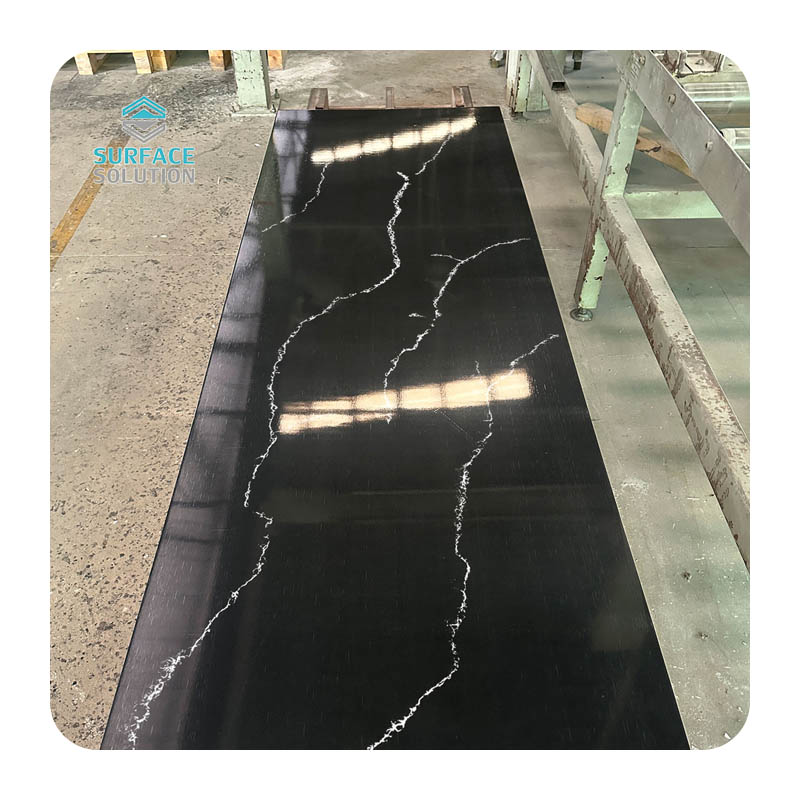 What Are Solid Surface Countertops Made Of? A Comprehensive BreakdownSolid surface countertops have become a popular choice in modern kitchens and bathrooms, celebrated for their seamless appearance, durability, and versatility. Unlike natural stone (such as granite or marble) or ceramic tiles, soli
What Are Solid Surface Countertops Made Of? A Comprehensive BreakdownSolid surface countertops have become a popular choice in modern kitchens and bathrooms, celebrated for their seamless appearance, durability, and versatility. Unlike natural stone (such as granite or marble) or ceramic tiles, soli
















